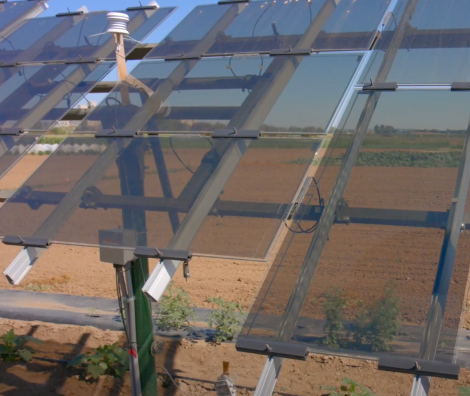
Stretching across the Bay of Bengal from on to offshore the coasts of northeast India and Bangladesh, the Sundarbans is the world’s largest remaining mangrove ecosystem. Island residents and communities, or what’s left of them, have largely maintained their traditional renewable natural resource-based livelihoods and lifestyles in the face of poorly conceived, at times corrupt and exploitive, industrial shrimp farming and property development. Now they face a much more profound threat: rising seas.
Residents remain steadfast in their resolve to maintain their livelihoods, lifestyles and communities nonetheless, and the Indian government and non-governmental organizations (NGOs) are helping them do so by making use of solar photovoltaic (PV) energy generation, battery-based energy storage and community mini-grids.
Remote and isolated, Sunderbans island communities have never been connected to a power grid. That’s changing for the better. Schneider Electric Foundation India and the India branch of the Worldwide Fund for Nature (WWF) are on the ground working to electrify 1,000 or more Sundarbans’ island households. In doing so, they’re bringing rays of hope, easing residents’ daily lives and opening up new sustainable socioeconomic development opportunities while at the same time delivering safe, reliable, affordable, emissions-free and environmentally friendly electricity, Hindu BusinessLine highlights in a recent news report.
Islands in the Sun
Schneider Electric and WWF have completed community microgrid projects in two Sundarbans’ villages to date Annpur and Patherpada, connecting a total of 264 households, according to Aesha Datta’s report for Hindu BusinessLine.

Deploying community solar-storage mini-grids is more effective and efficient from economic, as well as electrical engineering standpoints. Electricity distribution losses, for example, are minimal given the community solar-storage mini-grids are located on village community land with households close by, Schneider Electric India Foundation Chief Operating Officer Abhimanyu Sahu was quoted as saying.
“In remote villages where the loads aren’t too heavy and which are far from the power grid (conventional energy), solar is not only feasible, but the way to go.”
The Way to Go
It only costs around 35,000 Indian rupees (USD546) per household to install a village microgrid designed to provide basic, modern-day electricity services on Sunderbans islands, Sahu explained. “Grid connectivity will be more expensive. Just setting up distribution lines in these terrains will hike the costs,” he said.
 The average cost of supplying electrical power in India has doubled in 10 years — from 2.54 rupees in 2004-05 to 5.2 rupees per unit in 2014-15, Datta reports. The cost of solar power has dropped sharply, more than 80 percent over just the past five years, from more than 17 rupees to just 2.44.
The average cost of supplying electrical power in India has doubled in 10 years — from 2.54 rupees in 2004-05 to 5.2 rupees per unit in 2014-15, Datta reports. The cost of solar power has dropped sharply, more than 80 percent over just the past five years, from more than 17 rupees to just 2.44.
A wave of off-grid solar energy, energy storage and mini-grids are sweeping across India and Bangladesh, as well as other areas and regions of the world, as a result. Schneider Electric Foundation India and WWF aren’t the only organizations installing solar-storage mini-grids in Sundarbans’ island communities. In doing so, they’re not only enhancing the lives and livelihoods of island residents, they’re helping conserve an increasingly rare, rich, still extensive and vital ecosystem that’s home to unique profusion of wildlife, including the Sundarbans tiger.
Added to that, the deployment of the mini-grids is helping India meet its ambitious solar, renewable energy, and greenhouse gas emissions reductions goals as pledged as a party to the UN Paris Climate Accord. India’s installed renewable power generation capacity totaled 42,849 MW as of year-end 2016. The national goal is to have 175,000 MW installed by 2021-2022.





